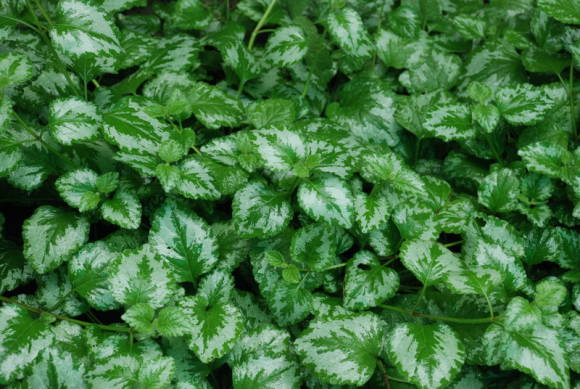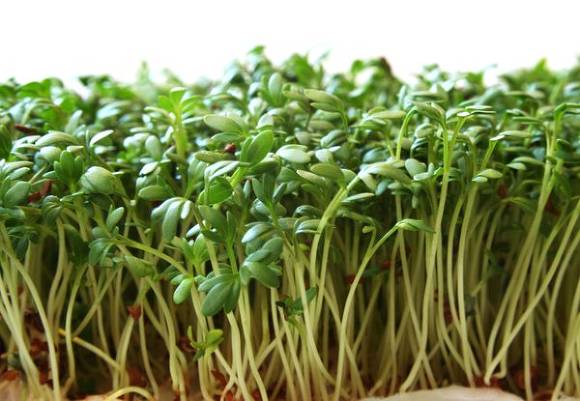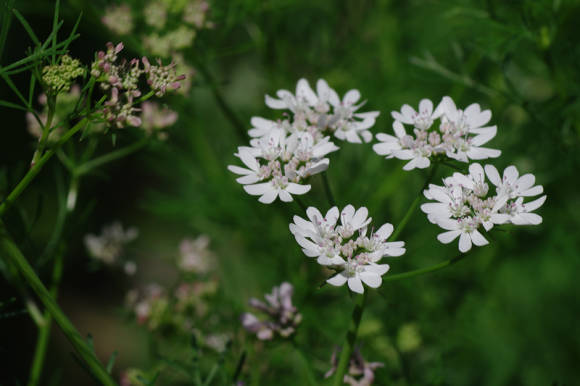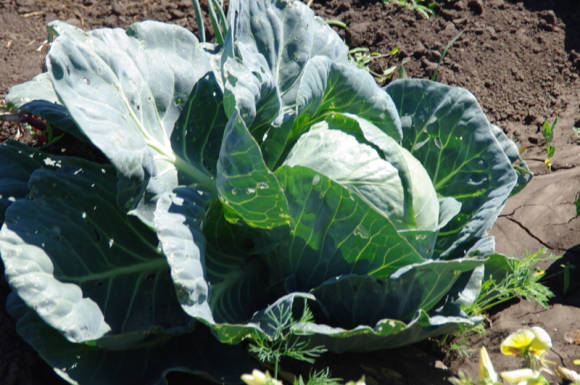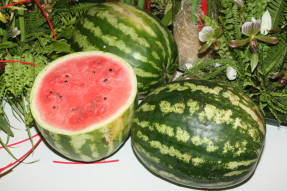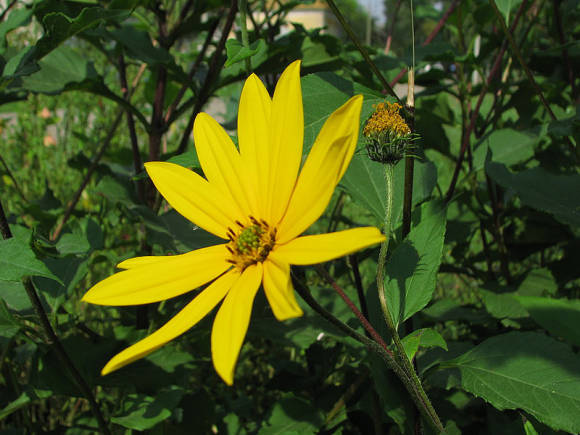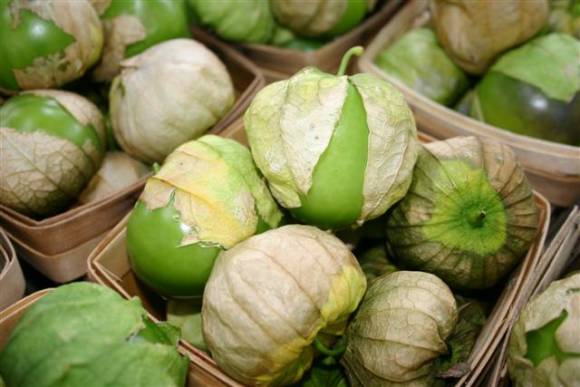
The main name of this plant comes from the Greek word φυσαλίς "physalis", meaning "bubble" or "swelling", because its fruits are inside the original overgrown calyx, very reminiscent of a Chinese lantern made of paper. Physalis is a relative of the so familiar to us tomatoes, as well as pepper, eggplant and potatoes.
Most often, this plant is called the Mexican tomato, because its homeland is Mexico. Tomatillo (or tomatillo) is also known as pesia cherry, field cherry, bubbly cherry, Mexican strawberry, shrub plum, although these names can also refer to other members of the Physalis genus.
In Spanish, this fruit is called tomate de cascara, tomate de fresadilla, tomate milpero, tomate verde ("green tomato"), tomatillo ("little tomato"), miltomate (Mexico, Guatemala) or simply tomate (in areas with this name tomatillo real tomato is called jitomate). And although very often in many countries of the world (and even in reputable grocery hypermarkets!) Tomatillo is called green tomatoes, they should not be confused with ordinary, unripe, green tomatoes.
The Indians cultivated different types of physalis even in the pre-Columbian era. These plants were domesticated in Mexico before the arrival of Europeans and played a very important role in the Mayan and Aztec culture, much more prominent than the common tomato. Scientists have established that the Aztecs cultivated tomatillo everywhere in the 7th century BC. In those days, physalis was sown in the aisles of corn along with beans and pumpkin. Physalis fruits formed the basis of Mexican cuisine and were eaten raw or cooked in a variety of dishes, especially in the famous Mexican salsa verde sauce. In ancient Spanish books about South America, physalis is mentioned, but the tomato is absent, from which we can conclude that the tomato was not grown by the natives, although it also originated from Mexico. Then physalis was brought to North America, Africa, Australia, the Pacific Islands, Asia and Europe. The commitment of the Mexican population to their native "tomatillo" is clearly evidenced by the fact that back in the 30s of the XX century, Mexicans still preferred to buy physalis in their markets and grow in their gardens, rather than tomato.
Physalis is very popular and widely cultivated in Mexico, Guatemala, Peru, Venezuela and Colombia these days. At the end of the last century, a large number of fruitful varieties were bred, adapted for cultivation on the plains and in the mountains. The interest in physalis in the modern world is constantly growing. Today, its wide industrial cultivation began to be engaged, in addition to the Mexicans, the agrarians of Poland, Germany, Italy and the United States.

Today, domestically produced, industrially produced tomatillos have practically flooded the market both in Mexico itself and in the United States, due to their ever-growing popularity and indispensability in Mexican cuisine. This poses serious problems for wild and semi-wild varieties of tomatillo. First, now that the domesticated Mexican physalis is widespread and readily available, interest in the study and conservation of wild or semi-cultural diversity is declining. Second, the ubiquitous New Mexico Tomatillo is a different subspecies than the historically widespread Mexican Tomatillo, which was originally historically widespread, and because the plant readily cross-propagates and the new Mexican Tomatillo increasingly saturates the market, the genetic purity of Tomatillo in New Mexico is -Mexico could be damaged if not carefully monitored. Therefore, this historical subspecies of physalis is now at a real risk of extinction from the face of the planet.
Botanical portrait
Physalis Mexican, or vegetable, according to the botanical classification - Philadelphia physalis (Physalis philadelphica) - This is an annual herb of the family Solanaceae, which is an erect or spreading bush up to 50-80 cm high. The leaves of the vegetable physalis are egg-shaped, whole, with a smooth or serrated edge. Yellow flowers with purple dots, similar to those of potatoes, are arranged one at a time at the branches of the stem and have five petals. Fruits - small spherical berries, strongly resembling green tomatoes, are enclosed in a cap that grows from the calyx of the flower. The cover is initially green; as the fruit ripens, it turns yellow and dries up, and the fruit remains inside the cover. Drying of the cap can be considered a sure sign of fruit ripening. Ripe fruits are easily separated from the cap. In some varieties, ripe fruits can crumble from the plant, so they need to be harvested regularly so that the harvest does not deteriorate.
 |  |
Ripe fruits of Mexican physalis weigh from 60 to 90 g (less often - a little more than 100 g), depending on the variety, they can have a yellow, green or purple color. But in their homeland, in Mexico, they are sold and used in green, sometimes with white or purple stains. This is the most productive type of edible physalis. The diameter of the fruit in varietal plants can reach 7 cm, and one plant per season can bring up to 200-300 berries.
The flavor of the ripe Mexican physalis fruit varies from sweet to sour, very unusual, at the same time pungent, sharp and sweet, but overall quite pleasant, slightly reminiscent of the taste of a good tomato. The freshness and rich green color of the tomatillo peel is an indicator of the quality and maturity of the fruit. Ripe fruit should be firm, and most often have a bright green color, since this color and slightly bitter aftertaste are its main culinary advantages.
Physalis is pollinated by insects. Under favorable weather conditions, the fruits are tied from about half of the blossoming flowers.
Physalis Mexican is able to bear fruit longer than real tomatoes, and can withstand the first autumn frosts. The period from germination to the beginning of ripening in this culture ranges from 90 to 120 days, depending on the variety.
Physalis can be attributed to non-capricious plants. It is shade-tolerant, which allows it to be grown in the aisles of other crops. Undemanding to soil composition, grows on all soils, with the exception of strongly acidic, saline and waterlogged soils. Moderately hygrophilous and drought-resistant. He is not afraid of the Colorado potato beetle and very rarely suffers from late blight and other pests and diseases. However, his seedlings are uncouth, germination can, especially in cold weather or with a clear lack of moisture, be delayed for several weeks.
Physalis vegetable fruits do not ripen at the same time, so the harvest is harvested as it ripens. It is better to collect the fruits in dry weather, so that they are better and longer stored. When harvesting in rainy weather, it is necessary to peel the fruit from the covers and dry it by spreading it in a thin layer on paper.

Useful properties of tomatillo
By the content of dry matter (from 7 to 12%), sugars (up to 5.9% wet weight), acids (up to 1.4%), protein (0.9-2.5%), vitamin C (up to 28 mg %), iron (up to 130 mg / kg) physalis is superior to many varieties of tomato and pepper.
In terms of pectin content (up to 3.68% wet weight), physalis is a unique vegetable plant, especially valuable for processing (production of mashed potatoes, caviar, sauces, preserves, jam, jelly, marmalade, pata, candied fruits, pickles and marinades). In addition, physalis fruits can serve as raw materials for obtaining citric acid (up to 1.17% wet weight).
Physalis fruits contain organic acids necessary for a person: malic (up to 150 mg%), oxalic (up to 53.6 mg%), succinic (up to 2.0 mg%), as well as tartaric, furolic, caffeic, sinapic acids. Of other biologically active substances, physalis contains tannins (up to 2.8% of dry matter), vitamin PP, carotenoids, fizalin.
100 g of Mexican tomato contains only 32 kilocalories, 1 g of fat, 1 mg of sodium, 268 mg of potassium, 6 g of carbohydrates, 3.9 g of sugar, 1 g of protein, as well as vitamin A - 2%, vitamin C - 19%, iron - 3%, vitamin B6 - 5% and magnesium -5%.
This composition makes physalis a very useful food product. It will be appropriate in the diet of a diabetic; it will help those who need to lower their blood pressure and those who seek to lose excess weight; Physalis will help absolutely everyone to increase the energy level of the body and strengthen the immune system, as well as protect themselves from cancer.
In folk medicine, physalis fruits are used fresh, as well as in the form of juice, infusion or decoction from dried fruits.
The use of tomatillo in cooking and storage of fruits

Store-bought fresh, ripe tomatillos can be stored in the refrigerator in the vegetable compartment for up to two weeks. Or a little longer, if you first remove the cover, and put the fruits themselves in a plastic bag. For those who like to make supplies, we note that vegetable physalis is perfectly stored frozen, both whole and cut into pieces.
Physalis vegetable fruits have a delicate consistency and, unlike tomato, do not flow out when pressed, this gives the widest opportunities for fresh consumption and for various types of culinary processing.
The Mexican tomato is one of the most important and irreplaceable fruits in the cuisine of the peoples of Central America. Its unique slightly lemon flavor is one of the main flavor notes of the most famous and popular Mexican dishes such as tacos, burritos and enchiladas.
Tomatillo is the main ingredient in the famous Latin American green salsa verde sauces. And although in the United States today, Mexican food is almost always accompanied by red fresh or stewed tomato salsa, in Mexico itself, like many centuries ago, there is a green salsa from your favorite tomatillos on every table. Usually Mexicans grill tomatillo for salsa, then add green chili peppers and other hot and spicy ingredients to them, and then grind and cook thoroughly.
Tomatillo is used in the preparation of various sauces, soups, salads and sandwiches. Fruits enhance and reveal the taste of tomatillo, therefore it is in combination with them that the most exquisite culinary masterpieces of Mexican cuisine are created. In addition, quinoa and corn are traditionally favorite "partners" in tomatillo dishes.
From the fruits of the Mexican tomato, you can make original pickled snacks, and unusual, very tasty jams and preserves.
Tomatillo recipes:
- Fried tilapia with mango and tomatillo salsa
- Pickled Tomatillo "Under vodka"
- Tomatillo jam
- Chicken legs with tomato and fruit "Mexican style"
- Tomatillo BBQ salsa sauce
- Hot salsa with grilled tomato and pineapple
- Tomatillo and avocado salsa with cilantro
Growing Tomatillo

The best predecessors for physalis are cabbage and cucumbers. A site is prepared for planting this culture and fertilizers are applied in the same way as for tomatoes.
Sowing... In our country, Physalis vegetable can be grown both through seedlings and direct sowing in open ground. With the seedling method, seedlings appear 7-10 days after sowing the seeds. Seedlings are kept in boxes for 25-30 days from the moment of emergence. The process of growing physalis seedlings is exactly the same as that of a tomato. Seedlings of Mexican physalis are planted in open ground in central Russia in the second half of May, that is, 10-12 days earlier than tomato.
Planting of seedlings is carried out, observing the distance between plants in a row of 40-90 cm (depending on the variety) and the distance between rows of 70 cm.
When sowing directly into open ground, use a slightly smaller distance in the row and sow to a depth of 1-2.5 cm, depending on the soil and its moisture content, 4-7 seeds each, followed by thinning.Healthy plants removed during thinning can be transplanted (slightly deepened when planting), and they are able to re-root. After sowing or planting, the site is well watered.
Watering... Watering growing vegetable physalis should only be done in hot, dry weather.
Care consists in weeding, hilling, loosening and feeding (with weak development or yellowing of leaves in the second half of June, and then after 10-15 days they are fed with urea, potassium sulfate and superphosphate at 5-10, 10-15 and 20-25 grams per 1 m, respectively, or solution of bird droppings or mullein 1:12). If necessary, the plants are tied up.
Although in our country in amateur gardening, in addition to vegetable, strawberry, Peruvian and ornamental physalis are also grown, it is vegetable physalis that is of particular value as an additional vegetable crop.

Physalis Philadelphia is the only representative of Physalis capable of growing even in the northern regions of Russia, and in the conditions of the Non-Black Earth Zone of Russia it is capable of producing yields in agricultural production of up to 50 centners per hectare of fruits in the open field. Unlike all its close relatives, either very demanding for light and heat and having a long growing season, or giving small yields of smaller fruits, tomatillo can and is ready to become a new source of dessert fruits with a wonderful taste for Russians. Perhaps, in the near future, homemade salsa from tomatillo will be found on our table no less often than squash caviar.

